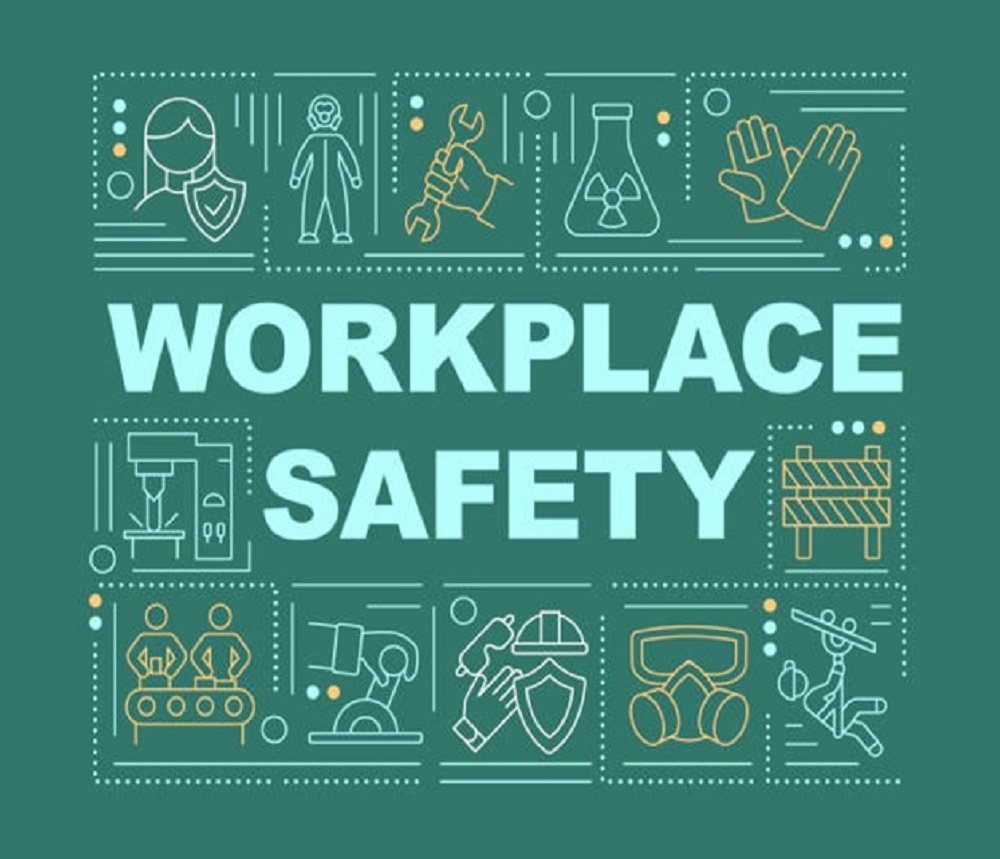By: Catryna Jackson, EHS and Sustainability Specialist at Evotix
Despite all the beauty that comes with a fresh winter snowfall, there is a higher risk of car accidents, snow-blowing injuries and carbon monoxide poisoning. Just as important as maintaining a safe home, is maintaining a safe work environment.
Unfortunately, this time of year frequently sees an increase in workplace injuries, such as falls from snow and ice in parking lots or melted water on entryway floors. However, hazardous weather isn’t the only culprit; many facilities increase production during the winter season adding responsibilities, stress and tighter deadlines to an already decreased workforce.
Extended working hours have been associated with a 37% increased risk of injury, and The National Safety Council estimates that 13% of workplace injuries are attributed to fatigue.
Safe operations must be a top priority for all businesses and a central part of an effective operations ecosystem. If ignored, it can lead to severe accidents – most of which workplaces could avoid with proper safety measures and training.
To prevent winter-related workplace accidents and injuries, Evotix, a leader in EHS software solutions, gives their top tips for creating a safe workplace.
Revise your safety training program
Training is an integral part of any business. And, implementing workplace safety training is a crucial driver of business success. Safety training ensures that operations are continuously strengthened, engages staff and employee productivity remains high.
While conducting training regularly throughout the year is important – providing extra training sessions during cold weather months is paramount to running a strong and smooth operation. During this time, many organizations augment existing workforces with contract workers or seasonal staff, so health and safety leaders should continue to refresh their training programs and make sure their team is up to speed on the latest safety protocols.
For example, consider having safety managers give toolbox talks, a short 5–15-minute presentation to the workforce focusing on a single aspect of health and safety. Another suggestion is to attach QR codes to machines where employees scan the code and receive instant access to a short training video. While training has already taken place, this refresher video provides reminders about how to use the equipment, what PPE to wear and considerations to make before starting the equipment, etc.
Prepare for staff shortages
Inevitably, the winter season marks a time when people travel to spend time with family and friends and escape snow-covered streets for warm-weather destinations. One of the main components of maintaining a safe and smooth working environment is ensuring organizations are properly staffed.
Managers should confirm schedules and determine what areas of the business need the most focus. If possible, hire seasonal workers to ensure employees aren’t overworked, fatigued and more susceptible to workplace accidents. If you cannot employ extra staff, explore the option of training current employees in business areas that may be busier during the winter.
Utilize EHS tools to prevent injuries
If you still need to, ensure your safety protocols are up-to-date by utilizing EHS health and safety software to prevent workplace accidents. These solutions allow all employees to have a comprehensive view of health and safety across the organization in near real-time and on demand.
Using these software solutions also allow businesses to draw data-driven insights from reporting and anticipate potential problems before they arise. Organization leaders should also keep track of any incidents to learn from the data and prevent recurrences and empower a safer workplace. These tools often provide great training resources.
Ultimately, safety is a priority for every company. With stronger safety measures in place, operations run smoother and organizations are more effective in fulfilling customer demand and maximizing profits. A safer workplace also makes for happier employees, improved productivity and, most importantly, fewer workplace accidents.
Make health and safety your guiding principle
Actioning all these top tips will significantly improve the safety of the workplace. However, it’s also essential to pose the question: is safety engrained in the fabric of your business? Does it start at the top and makes its way down to the floor level?
While businesses often include characteristics such as honesty, ambition and integrity in their core beliefs and guiding principles, health and safety isn’t typically an outlined value. But the reality is, health and safety should be a key value, if not the guiding one, because it means putting the well-being of employees at the forefront of the business.
For organizations, this is the time to ask if your business is doing all it can to care of employees and make operational improvements. After all, when properly executed, effective health and safety practices bring significant business value.
For more workplace health and safety tips or to learn more about Evotix’s technology helps solve EHS challenges visit www.Evotix.com or listen to their podcast “Two Bald Guys Talking Safety.”
BIO:- Catryna Jackson is an EHS and sustainability specialist at Evotix, where she is responsible for pairing the right EHS product to clients’ needs and pain points, and guiding them through design, implementation, testing, and more. Jackson has extensive experience in environmental compliance, pollution prevention, health and safety.


Comments are closed.